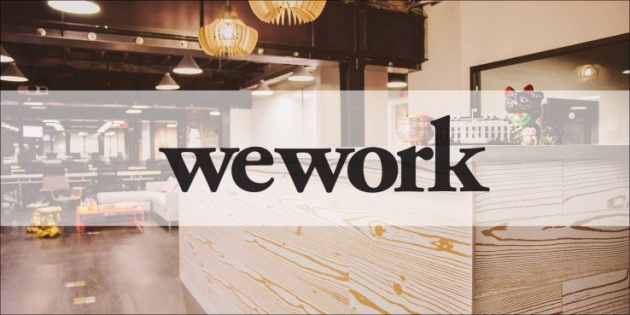
WeWork, the NYC tech (and real estate) darling valued north of $5 billion, has today announced its first acquisition. The company will be acquiring Case, a building information modeling and consultancy firm, for an undisclosed amount.
Case launched in May 2008 with a plan to bring better technology and information flow to the process of architecting and constructing a building. With the recession slowing progress on many building projects, and technology progressing rapidly, founders and architects Federico Negro, David Fano and Steve Sanderson saw an opportunity to consult through the entire process (with the help of technology) to streamline efficiency and save money.
Over the course of the last eight years, Case has grown from three architects to over 60 employees across the globe. The team starts at the property-buying stage and helps clients make decisions about purchases, design and building operations while ensuring that collaboration between owners, builders and architects is smooth. Of course, all of this requires data.
When the company first launched, Case worked out of one of WeWork’s locations and over time started helping them with new properties.
“WeWork is different in that they do a lot of work in-house,” said Case founder David Fano. “WeWork has its own design team and construction team and project management team, but they wanted to find a way to standardize the means by which they design.”
Fano explains that, even from the moment you look at a property for the first time, there are a number of important questions to ask about the way that building will fit with the operations of the company. Case is able to build out models that deliver that information, whether it be actual square footage (most of the time this is listed incorrectly) or which walls are movable.
And in the case of WeWork, understanding details like the ratio of desks to a space, or the number of closed-off rooms able to fit in a space, or the amount of people who can get into an elevator at once, are all important to the efficiency of remodeling or building a new location.
Eventually, the relationship between WeWork and Case grew even more, with Case helping to carry vital information from the real estate group to the operations department and other corners of the company that would have a say in building design.
Fano says that more than 90 percent of the Case workforce is joining WeWork, though all were invited, and that after completing existing contracts, the building information management company will work exclusively with WeWork.
“They want to create templates for design, so that the process of building out a WeWork becomes more standardized and more efficient,” said Fano.
Given the long relationship between the two companies, that standardization process is already well underway, and Fano says that the Case services may expand to WeWork members in the future.



